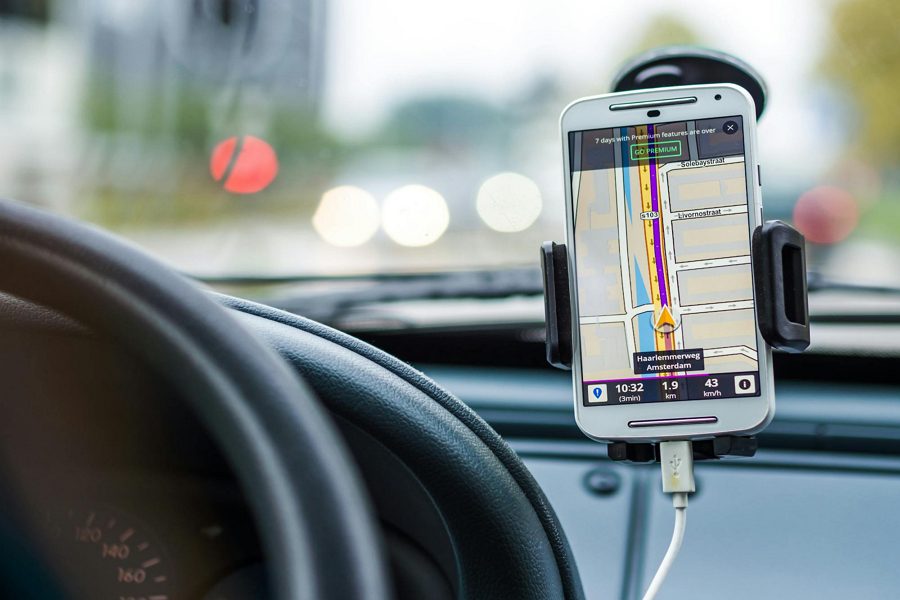GPX (GPS Exchange Format) files are a handy way to save and share geographic data like waypoints, routes, and tracks from your outdoor adventures. Whether you recorded a hike with a GPS device, downloaded a biking route, or want to follow a trail map, you can easily import GPX files into Google Maps on your Android phone or tablet.
In this article, we’ll walk through the step-by-step process to get your GPX data into Google Maps and use it to navigate or visualize your routes. It’s a straightforward process once you know where to look. Let’s get started!
What You’ll Need
Before we dive into the steps, make sure you have the following:
- An Android device with the Google Maps app installed
- The GPX file you want to import saved on your device or Google Drive
- A Google account to access Google My Maps
Got everything ready? Great, let’s open that GPX file.
Step 1: Open Google My Maps
The first step is to open the Google My Maps website:
- Open a web browser on your Android device
- Go to https://www.google.com/maps/d/
- Tap the +Create a New Map button
- Give your map a title and description
Google My Maps is where you’ll import and manage your custom map data, including GPX files. The main Google Maps app doesn’t have a way to directly import GPX files, so My Maps acts as the intermediary.
Step 2: Import GPX File to New Layer
Next, you’ll import your GPX file into a new layer on your custom Google My Map:
- In the legend under Untitled Layer, tap Import
- Tap Select a file from your device
- Browse and select your GPX file
- Choose the layer type (points, lines, or shapes)
- Confirm the GPX import
After importing, you should see your GPX data (waypoints, routes, tracks) appear as a new layer on the map. You can customize the layer style if desired.
Step 3: View and Edit GPX Data
Now that your GPX file is imported, you can view more details and edit the data:
- View info: Tap a point or route for more details like coordinates and elevation
- Edit layer: Tap the layer and select Edit to change name, style, etc.
- Delete items: Tap a point, then the (i), then Delete to remove
Feel free to explore and customize the imported GPX data on your My Map. You can always delete the layer and re-import the GPX file if needed.
Step 4: Access GPX My Map in Google Maps App
To access your new GPX My Map in the regular Google Maps app:
- Open the Google Maps app
- Tap Saved at the bottom
- Scroll to the Maps tab
- Select your GPX My Map
- The GPX data will load in Google Maps
Your waypoints will appear as saved places, while routes and tracks will appear as blue lines. You can tap any item for more details.
Step 5: Use GPX Map for Navigation
Finally, you can use your imported GPX data to navigate or follow a route:
- With your GPX My Map open in Google Maps, tap a point or route
- Tap Directions to navigate to a waypoint
- Tap Start to begin navigating
- For routes, tap the route line, then Show steps and Preview to follow it turn-by-turn
The Google Maps app will give you navigation prompts and track your progress along the GPX route, just like any other driving, walking, or biking navigation.
Conclusion
Importing a GPX file into Google Maps on your Android device opens up a world of possibilities for planning, navigating, and sharing your adventures. With the GPX data saved in Google My Maps, you can access it anytime in the Google Maps app for turn-by-turn navigation or just to visualize your route.
The process involves a few steps, but once you get the hang of it, importing GPX files is a breeze. The key is using Google My Maps as the intermediary to get the data into Google’s system before accessing it in the Maps app.
So next time you have a GPX file you want to use on your Android phone, give these steps a try. Happy trails!

Leave a Reply